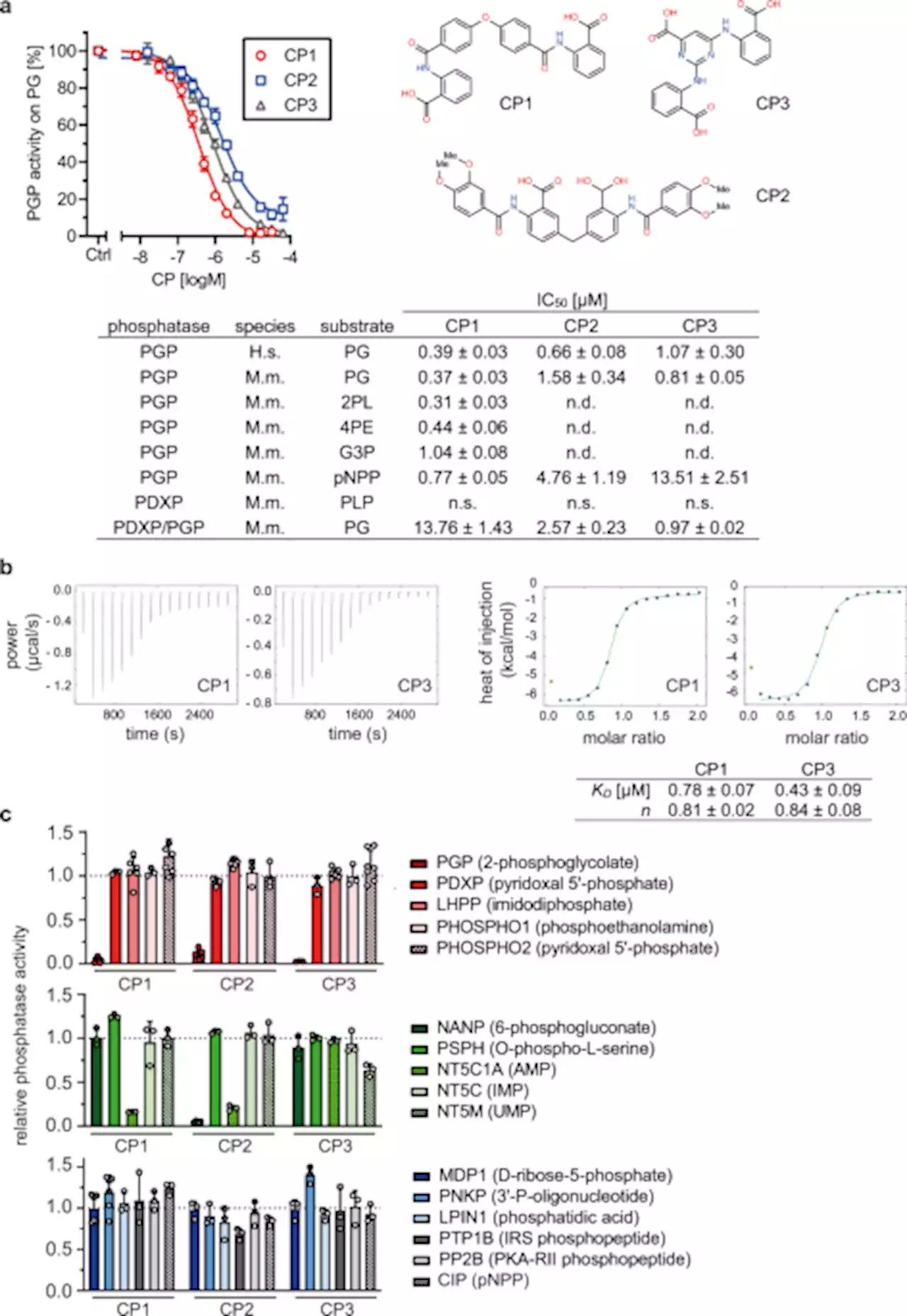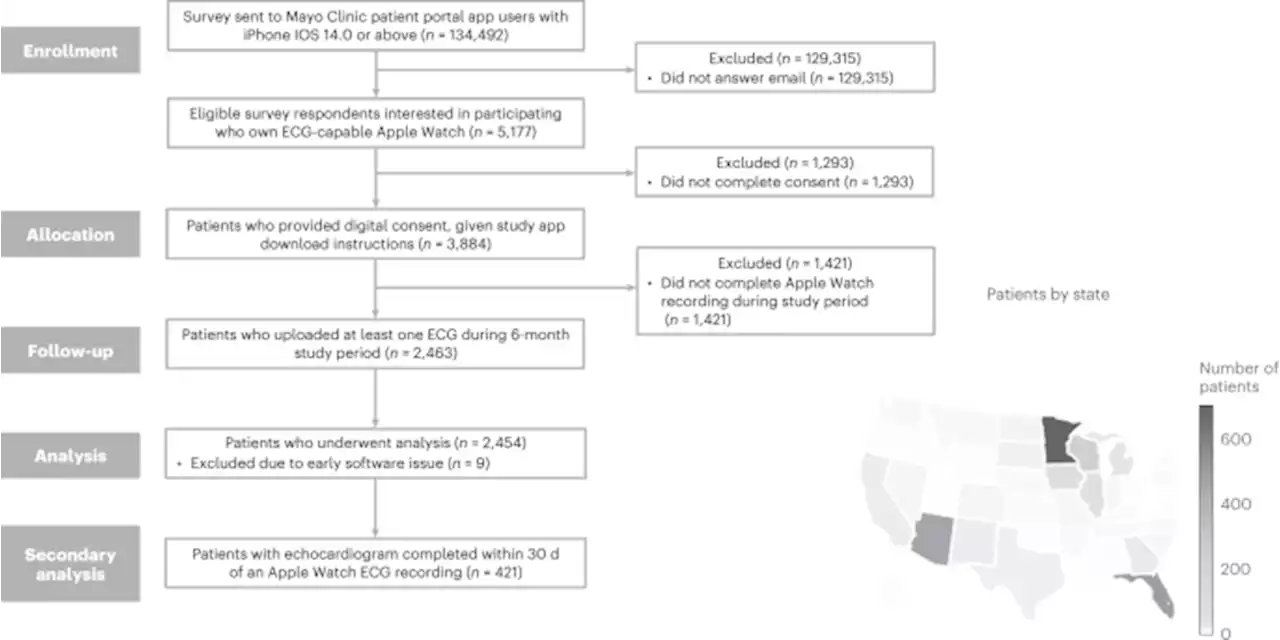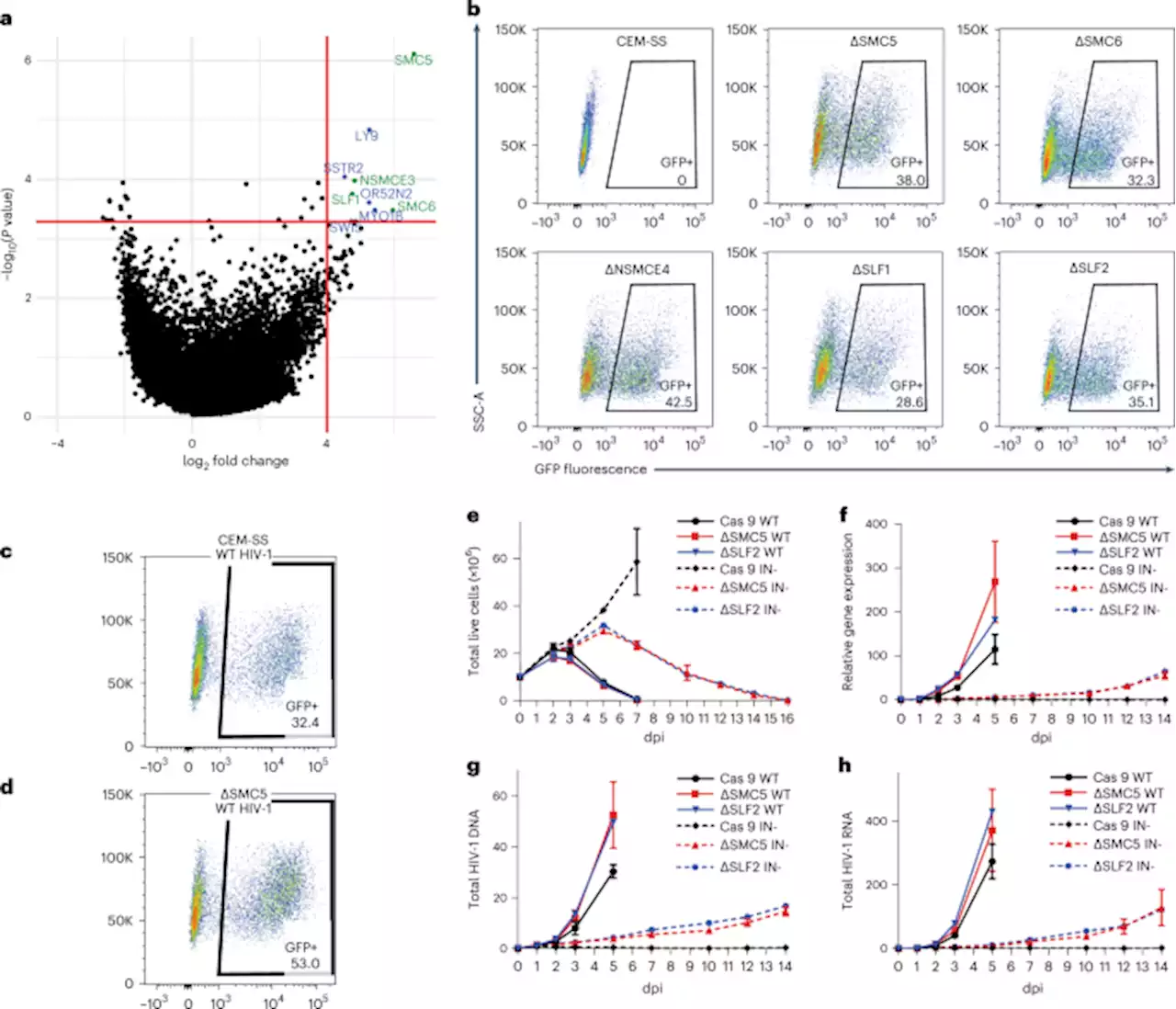A new way to fight diseases? Stop viruses from stealing nutrients
Besides providing substrates to support metabolic hijacking by viruses, recent evidence has revealed a significant metabolic defence mechanism in response to infection. Metabolites produced by activation of central carbon metabolism have been shown to directly interfere with the initial steps of the life cycle of viruses. Such an ‘innate metabolic response’ intricately coordinates with the immune system to mount a robust and broad-spectrum antiviral response by engaging ISGs.
In this Review, I briefly highlight how metabolism impacts immune cell function and outline how cell surface proteins that have been historically studied for their metabolic roles can serve as viral receptors and entry factors. I examine the emerging evidence that shows the intricate relationship between metabolism, inflammasome activation and type I interferon signalling, and how these processes are at the centre of the battle between virus replication and host metabolic defences.
The endocrine effects of metabolites produced in tissues in response to infections have only recently been examined. I discuss how dysfunctional tissue-specific metabolism during viral infections is likely to impact systemic metabolic homeostasis and long-term diseases, and how metabolic markers are being explored for prognostic purposes.
Although the outcome of viral infections may be influenced by external environment and physiological and neuroendocrine responses, this Review focusses on evidence to support a central role for a ‘metabolic response’ in regulating viral control and disease outcomes.It is well established that rapid activation of the metabolic machinery occurs in CD8T cells in response to T cell receptor triggering during antigen presentation.
Belgique Dernières Nouvelles, Belgique Actualités
Similar News:Vous pouvez également lire des articles d'actualité similaires à celui-ci que nous avons collectés auprès d'autres sources d'information.
 Glycolytic flux control by drugging phosphoglycolate phosphatase - Nature CommunicationsTargeting cellular glucose metabolism is a therapeutic strategy in human diseases such as autoimmunity or cancer. Here, the authors demonstrate the druggability of phosphoglycolate phosphatase, and validate an alternative approach to control glycolysis.
Glycolytic flux control by drugging phosphoglycolate phosphatase - Nature CommunicationsTargeting cellular glucose metabolism is a therapeutic strategy in human diseases such as autoimmunity or cancer. Here, the authors demonstrate the druggability of phosphoglycolate phosphatase, and validate an alternative approach to control glycolysis.
Lire la suite »
 Active tissue adhesive activates mechanosensors and prevents muscle atrophy - Nature MaterialsAn implantable tissue adhesive soft actuator adheres to muscle, generating mechanical stimulation, and activates mechanosensing pathways for prevention of atrophy in disuse muscles.
Active tissue adhesive activates mechanosensors and prevents muscle atrophy - Nature MaterialsAn implantable tissue adhesive soft actuator adheres to muscle, generating mechanical stimulation, and activates mechanosensing pathways for prevention of atrophy in disuse muscles.
Lire la suite »
 Prospective evaluation of smartwatch-enabled detection of left ventricular dysfunction - Nature MedicineIn this proof-of-concept prospective study, single-lead electrocardiograms obtained by smartwatches were able to identify individuals with left ventricular dysfunction, potentially serving as an early warning system for heart failure.
Prospective evaluation of smartwatch-enabled detection of left ventricular dysfunction - Nature MedicineIn this proof-of-concept prospective study, single-lead electrocardiograms obtained by smartwatches were able to identify individuals with left ventricular dysfunction, potentially serving as an early warning system for heart failure.
Lire la suite »
 Epigenetic silencing by the SMC5/6 complex mediates HIV-1 latency - Nature MicrobiologyHIV-1 latency is enabled by SMC5/6-mediated epigenetic silencing of unintegrated viral genomes.
Epigenetic silencing by the SMC5/6 complex mediates HIV-1 latency - Nature MicrobiologyHIV-1 latency is enabled by SMC5/6-mediated epigenetic silencing of unintegrated viral genomes.
Lire la suite »
 Thousands of Lake District acres to be turned into 'super nature reserve''Ennerdale Valley is a haven for fish, birds and insects and provides much treasured access to green space for local people'
Thousands of Lake District acres to be turned into 'super nature reserve''Ennerdale Valley is a haven for fish, birds and insects and provides much treasured access to green space for local people'
Lire la suite »
 Swans found dead at Scots nature reserve sparking fears of bird flu outbreakAt least twelve swans have died at Hogganfield Loch, part of Seven Lochs nature park, in Glasgow.
Swans found dead at Scots nature reserve sparking fears of bird flu outbreakAt least twelve swans have died at Hogganfield Loch, part of Seven Lochs nature park, in Glasgow.
Lire la suite »
